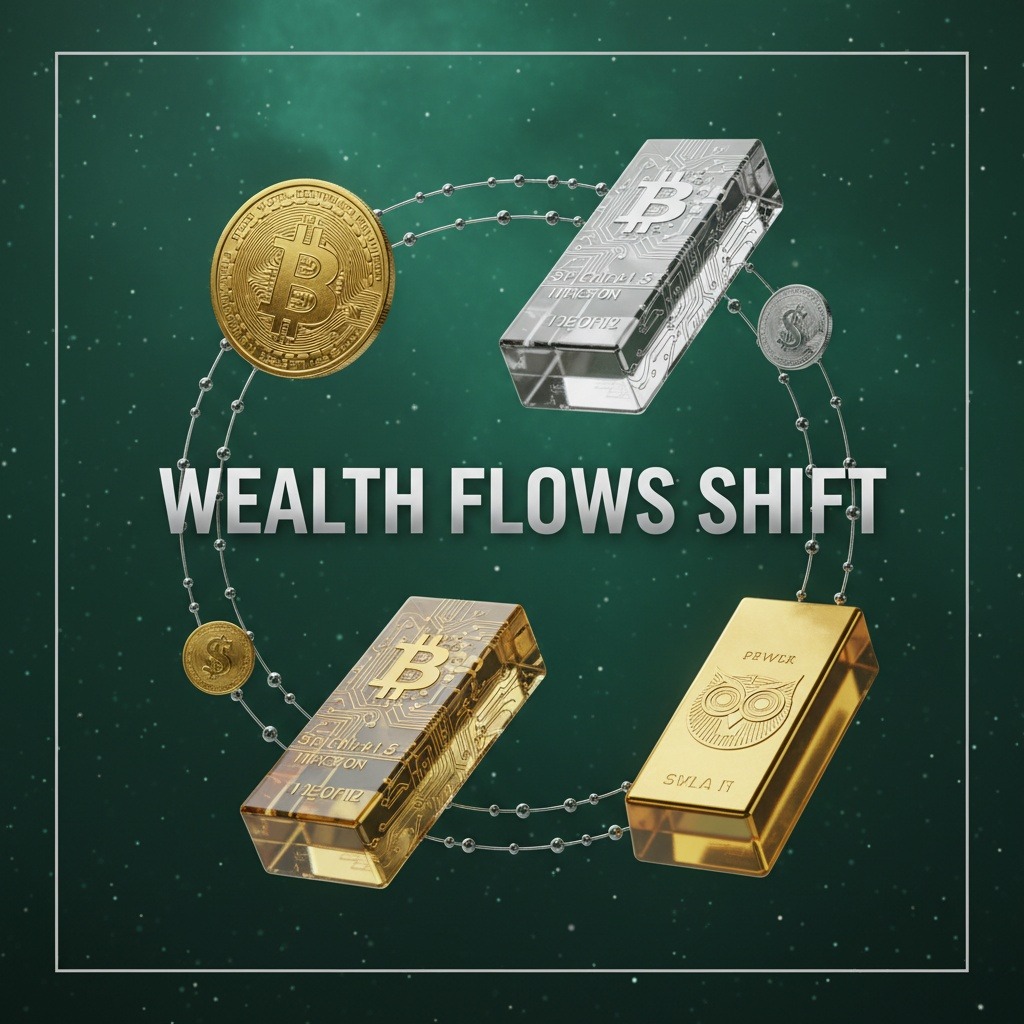On Monday, gold prices surged by 1%, marking a new all-time high as the precious metal traded at $3,721 per ounce. The latest increase pushes gold’s year-to-date performance to an impressive 43%. This rally came shortly after Bitcoin, which had been touted by many as a digital analog to sound money, experienced a notable decline of 3%, bringing its value down to $112,000 and reducing its annual gain to 17%.
The juxtaposition of these two assets — gold and Bitcoin — suggests a potential trend of profit reallocation. Historically, gold and Bitcoin have not shown consistent correlation in their price movements; however, periods exist, albeit rare, when investors pivot from one asset to the other, often accompanied by a slight time lag. In this instance, the decoupling of market dynamics appears more pronounced than in previous instances.
Notably, gold is not alone in attracting investor interest. Silver also saw gains of 1.5% on Monday, inching closer to a price point of $44, marking its third-highest level since 1975. Year-to-date, silver has shown a remarkable increase of over 50%, indicating robust demand for precious metals.
This recent uptick in gold and silver prices coincides with the Federal Reserve’s decision to lower interest rates by 25 basis points on September 17. Since that announcement, both gold and the S&P 500 have gained about 1%. Meanwhile, U.S. Treasury yields have risen as well, with the 10-year note reaching 4.125% (a 2.5% increase) and the 30-year note climbing to 4.7% (also a 2% rise).
In addition, the U.S. dollar has strengthened, with the DXY index rising by 1% to a level of 97.5. A stronger dollar typically creates headwinds for riskier assets, which could explain Bitcoin’s 3.5% drop since the Federal Reserve’s interest rate cut.
Investors are undoubtedly attuned to the implications of these developments on the markets. The sharp movements in both gold and Bitcoin highlight the dynamic nature of investor sentiment and market strategies in response to macroeconomic signals.
As the financial landscape evolves, the interplay between traditional stores of value like gold and newer digital assets remains critical. Close monitoring of both gold and Bitcoin markets will reveal whether this trend of profit rotation sustains and what implications it might hold for the broader investment community.



